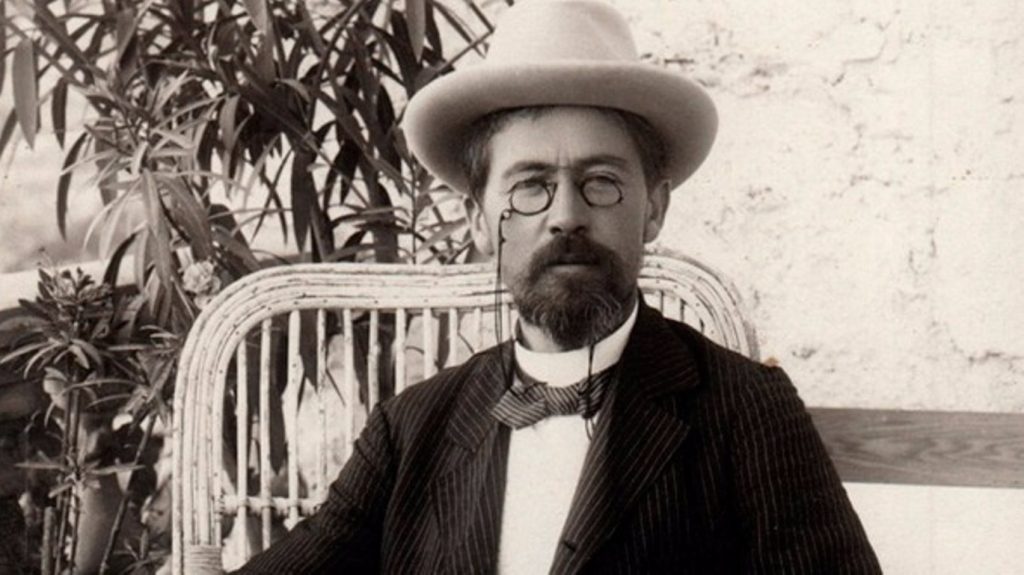The first rule which Chekhov breaks with his dramaturgy is that now the action is no longer centered around the destiny of a single protagonist.
The action is so structured that throughout the play the attention centers around one or other of the characters. In Act One of The Seagull, the center of attention is Treplev with his defiance of routine art, at another moment the attention centers on Masha when she professes to Dorn her love for Treplev. Yet again our attention shifts, this time to Nina, who is dreaming of artistic acclaim and the limelight of the stage. Then Trigorin becomes the focal point when sharing his thoughts about the arduous plight of the write, and so on.
By putting an end to the monopoly of the single protagonist, Chekhov establishes new connecting devices in the structure of his plays. This is the highest achievement of the 20th century theater in general.
A second rule which is negated by Chekov’s plays is the rule that the structure is defined by a single main event or conflict. The decentralized events and the stretched plot divide the play into many centers.
Chekhov abandons the rule according to which one single important feature should determine the behavior of each character. He creates complex characters and each one has different voices and inner conflicts.
A very important element in Chekhov’s plays is the symbolic image. The central symbolic image unifies The Seagull, which has neither a central character nor a central event.
The symbolic image of the seagull, in the play by the same name, is the driving force of the plot.
The lake is also a symbolic image and so is the improvised theater. It takes on different nuances of presence, at times serene and beautiful, at times choppy with billowing black waves, embodying Nina’s connection with the Lake. The Lake in The Seagull stands for more than just part of the scenery.
Mood is of special importance in Chekov’s plays for it sets the emotional and psychological atmosphere.
Transcending the borders of genres is also an innovation which Chekhov implements in his plays. It is difficult to draw the line between comedy, drama and tragedy. Chekhov defines The Seagull as a comedy, but it is interspersed with tragic events.
We can talk forever about Chekhov’s work and about The Seagull, but it is time that we get down to some practical work which is reading and analyzing the scenes.
This October starts a 5 Weeks Acting Class on Chekhov. You can read more here.
Yours, Eva

